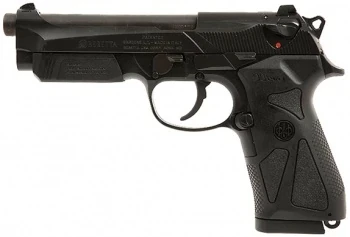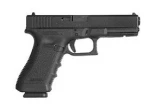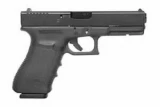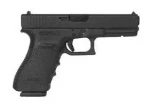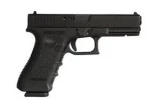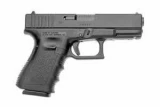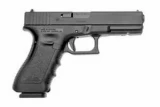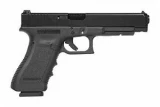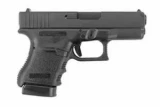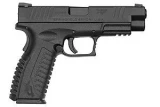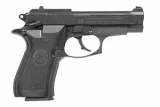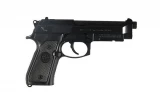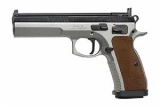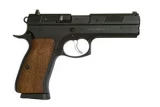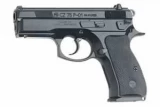Beretta 90-TWO vs Echasa Fast
Put handguns head to head to compare caliber and more.
|
$409.85
|
vs |
$0.00
|
| Handguns | Beretta 90-TWO | Echasa Fast |
|---|---|---|
| Summary | ||
| Rating | ||
| Rank | ||
| Action | Double Action | |
| Caliber | 9x19mm Parabellum | .32 ACP |
| Capacity | 17+1 | 17+1 |
| Sights | Night Sights | |
| Barrel Length | 4.9" | |
| Finish | Black | Hard-Coat Alloy |
| Gun Type | Pistol | Pistol |
| Weight | 40 oz | |
| Details | ||
| Brand | Beretta | |
| Reviews | See 20 Reviews | N/A |
| Prices | ||
| MSRP | $413.85 | $0.00 |
| Used Price | $289.70 | $0.00 |
| Sale Price | $372.47 | $0.00 |
Handguns Descriptions
Beretta 90-TWO
The newly designed frame of 90two pistol ensures trouble-free insertion and holster extraction, thanks to its rounded and truly snag-free surfaces. Inside the frame, near the disassembly lever, a metallic recoil buffer reduces the impact of the slide assembly against the frame during the shooting cycle. By redistributing the stresses, the recoil buffer increases the service life of the firearm. Trigger guard is also rounded to ensure, when firing with two hands, the correct positioning of the supporting hand.
Echasa Fast
Model Fast was blowback .32ACP pistol made by Echasa (Echave y Arizmendi) in Eibar, Spain. It has blued slide and anodized black zamack frame (zinc aluminum alloy). Similar to a model called the Basque Pocket. They were intended to be a copy of the Walther PP, except in single action instead of double, and were available in .22, .25, .32 and .380 calibers. Made in blued and nickel finish. There were two versions of these made from the early 1960s (1963-64) through 1968, immediately identifiable by the different slides used. Once it was known the 1968 Gun Control Act (with its new restrictions on importing handguns) would be taking effect, Echasa (and a lot of other handgun manufacturers) went into overtime producing pistols for the US market before the GCA took effect. Because it could no longed export its pistols to the US, Echasa went out of business shortly after the 1968 GCA took effect. Weak areas on these pistols include ammunition feeding and trigger pull.

